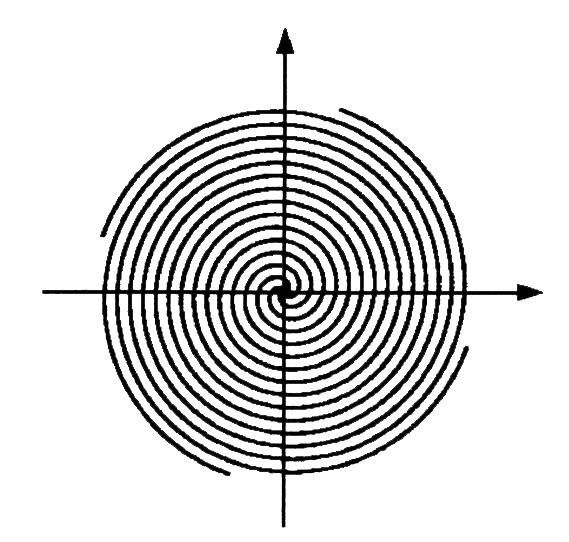Art-Science Practitioner and Researcher — Knowing through the body and through matter
“Profuse strains of unpremeditated art.”
(Shelley)
Terminology is annoying because not everyone knows what you are talking about, but when you need to talk about something really specific it is helpful.
Biography —
Info
- Dr. Jennifer Crouch is an art-science practitioner working in sculpture, textiles, drawing, installation and painting. They have a background in physics and medical illustration and experience working as an artist in scientific laboratories, on expeditions in the Arctic Circle, with communities, and as part of local and international art projects.
- Jennifer has guest lectured at universities across the UK and Europe, teaches textile arts at Morley College London, is fashion lead at NewVic FE College, and is an associate lecturer on the MA in Art and Science at Central Saint Martins, London.
- They have published books on popular science and anatomical art.
- Jennifer is a queer slug and keen gardener interested in liminality, queer feminist science studies, LBGTQ culture & experiences, textiles, magic and the absurdity of the cosmos.
ABSTRACTION AND EMPIRICAL ILLUSTRATION
We live our lives made up of a great quantity of isolated instants. So as to be lost at the heart of a multitude of things. (From the Double Dream of Spring, 1970.)

- Gavrilo Princip’s last grocery list written
-
The time that alligator ate that fish
-
When the Yongzheng Emperor found that weird dust bunny under his throne
-
The great earthquake of Alexandria
- The invention of expectation in literature
-
When the heaviest cacao fruit fell in Takalik Abaj
- Animesh eats his first Fly Agaric mushroom
